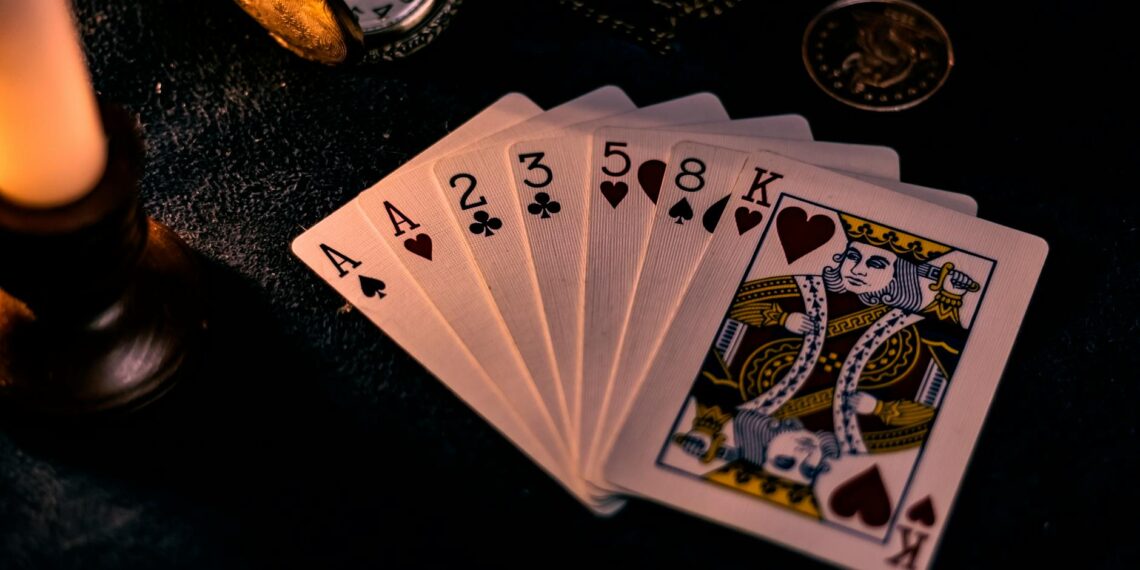An uncirculated coin is a coin that has never been used in everyday transactions or released into the general money supply . It is essentially in the same condition as when it left the mint, retaining its original luster and sharp details.
Here’s a breakdown of what defines an uncirculated coin:
- Pristine Condition: Uncirculated coins show no signs of wear from being handled or used as money.
- Original Mint Luster: They retain the distinctive sheen produced during the minting process, which is often visible as a “cartwheel effect” when the coin is tilted under a light source.
- Sharp Design Details: The intricate details of the coin’s design remain clear and well-defined, unlike circulated coins which can show wear on the highest points of the design.
- May Have Minor Imperfections: While not from circulation wear, uncirculated coins can have minor imperfections like contact marks or scratches from the minting or packaging process. These are not considered wear from circulation and don’t disqualify a coin from being uncirculated.
It’s important to distinguish uncirculated coins from other terms used in numismatics:
- Circulated Coins: These coins have been used as currency and exhibit varying degrees of wear and tear, lacking the original mint luster and sharpness of detail found in uncirculated coins.
- Proof Coins: Proof coins are also uncirculated but are minted using a specialized process that involves multiple strikes and polished dies, resulting in a mirror-like finish and frosted design elements, according to American Federal Coin & Bullion. They are typically produced in smaller quantities and are even more expensive than uncirculated coins.
- Bullion Coins: These coins are primarily valued for their precious metal content (gold, silver, platinum) and are often sold in uncirculated condition, [says Scottsdale Bullion & Coin].
Uncirculated coins are highly sought after by collectors and investors due to their pristine condition and potential for appreciation in value over time. They represent a piece of history preserved in its original form and are often seen as a tangible asset with the potential for long-term growth. The [U.S. Mint sells] uncirculated coin sets, and these can be acquired from reputable coin dealers or through online platforms specializing in collectible coins.









Can you touch uncirculated coins?
Touching coins
Oils, dirt and moisture can tarnish the surface. Hold coins by the rims and use cotton gloves for extensive handling. Avoid touching uncirculated or rare coins unless necessary. For circulated coins, handle gently and store in protective holders to preserve their condition and value.
What is special about uncirculated coins?
From my experience, Circulated coins may be cheaper, but they are likely not in mint condition and have lost some value over time. Uncirculated coins are more valuable since they retain their original condition. While they cost more, their condition means they will likely retain or increase in value.